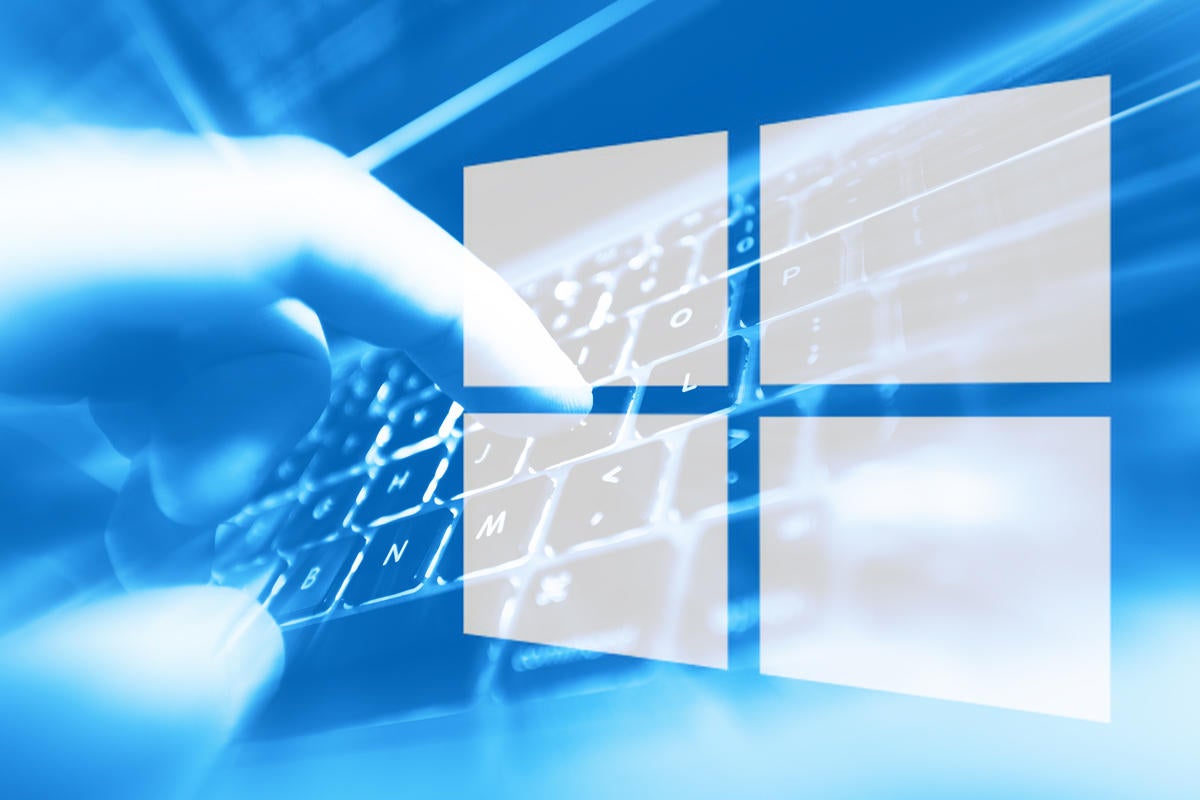Microsoft has acknowledged that this fall's "feature upgrade" for Windows 10 will be virtually identical to the already-available version 1903 released in May.
"19H1 and 19H2 share the same servicing content. That means they share the same Cumulative Update package," Dona Sarkar and Brandon LeBlanc, the spokespeople for Microsoft's Windows Insider beta testing program, wrote last week in a post to their group's blog.
Sarkar and LeBlanc referenced 19H1 and 19H2 - better known perhaps as 1903 and 1909, respectively, in Microsoft's four-number labeling format - because their team had just released those builds to the Release Preview ring, where a subgroup of all program participants do a last test of betas.
Although Sarkar and LeBlanc did not explicitly say so - Microsoft rarely puts things plainly - their explanation confirmed that the fall "upgrade," 1909, will be nothing like previous Windows 10 editions. Instead, it will be a barely changed retread of the spring's 1903.
That Windows 10 1909 will resemble an old style "service pack" was not news: Last month, Sarkar and LeBlanc touted the refresh's small number of features and their even smaller import. Both were central to the characterization of 1909 as a service pack, as that format rarely included new features but instead collected past updates. (Microsoft's last service pack was for Windows 7, issued in early 2011.)
The two went into even greater detail about why Insider delivered two builds, 191H/1903 and 192H/1909, to the Release Preview ring.
"For the small subset of Windows Insiders (the 10%) in Release Preview who were given the option to install 19H2, an enablement package is downloaded from Windows Update that turns on the 19H2 features," Sarkar and LeBlanc wrote. "This changes the build number for the OS from 19H1 Build 18362 to 19H2 Build 18363. Because they use the same servicing content, the build revision number (the number that comes after the dot) will always match between 19H1 and 19H2. As we continue to test our servicing packages in the Release Preview ring, Insiders on 19H1 and 19H2 will get a single Cumulative Update with the same fixes."
It's parsing time
There is worthwhile information in what Sarkar and LeBlanc said in the quotes above. It's just that it's buried in terminology no one outside Microsoft's development team needs to know, surrounded by unnecessary verbiage that few understand or find useful.
Here are the bits that, teased from the rest, proved important.
- 19H1 and 19H2 share the same servicing content. This is actually fairly clear; the two "upgrades" 1903 and 1909 that are now being tested and will be released this fall, presumably simultaneously, are identical in content.
- That means they share the same Cumulative Update package. As above, but particular to packaging. Not only will 1903 and 1909 have identical content but both will come in a single update. (Microsoft has done the same with entire operating systems, where one package can, with the right license keys, install Home or Pro.)
- As we continue to test our servicing packages in the Release Preview ring, Insiders on 19H1 and 19H2 will get a single Cumulative Update with the same fixes. By combining the two above, Microsoft got to this, which really was all that was needed as explanation. Insiders running 1903 or 1909 get the same update which includes the same fixes. Was that so hard?
- ... an enablement package is downloaded from Windows Update that turns on the 19H2 features. Because Microsoft ships the Cumulative Update - the single package with the 1903/1909 fixes - with new features and functionality in 1909 turned off, systems "upgrading" from 1903 to 1909 need some kind of switch thrown to activate those features. This "enablement package" is that switch. Systems whose users intend them to stay at 1903 will not receive this package or signal. (Think of it as more the latter than the former.) Remember, too, that Microsoft has said it will not turn on 1909's new features immediately for all upgrading PCs, but will, as it already does with feature refreshes, activate 1909 in stages.
Here's what we know so far about 1909
To recap what Microsoft's divulged so far:
- Microsoft has targeted this month for the release of Windows 10 1909 (yes, that's official; it was used by Sarkar and LeBlanc in their Aug. 29 blog update.)
- Windows 10 1909 can be upgraded using the Cumulative Update only on a machine running Windows 10 1903.
- Enterprises (and others) will be able to upgrade pre-1903 Windows 10 PCs using the same mechanisms - WSUS, for example, or SCCM or Windows Update for Business - that they've used for prior Windows 10 feature upgrades. See here. (This means Microsoft will be packaging Windows 10 1909 in multiple ways...as a Cumulative Update from 1903 and as a standard upgrade from, say, 1607, so that the new in 1903 makes it onto PCs.)
- The "upgrade" to 1909 will be identical to the latest update for 1903; both 1903 and 1909 will come in a single Cumulative Update.
- Windows 10 1909's new features may or may not be turned on by Microsoft; if they are, it will be with what the company called an "enablement package." Think of it as a downloaded code that frees up the features.
- Maintenance of Windows 10 1909 will be provided by the usual monthly cumulative updates. They may or may not be identical to what's served to 1903. (The only difference, remember, is that 1909 has a few features that 1903 lacks.)
- Although Microsoft has said that it is "unknown at this point" whether 1909 is the new pattern for the fall "feature upgrade," don't kid yourself: This is no one-off but a template for 2020 and beyond. There's no way Microsoft would invest this kind of time - and these resources - creating an entirely different kind of upgrade and servicing model and then use it only once.






